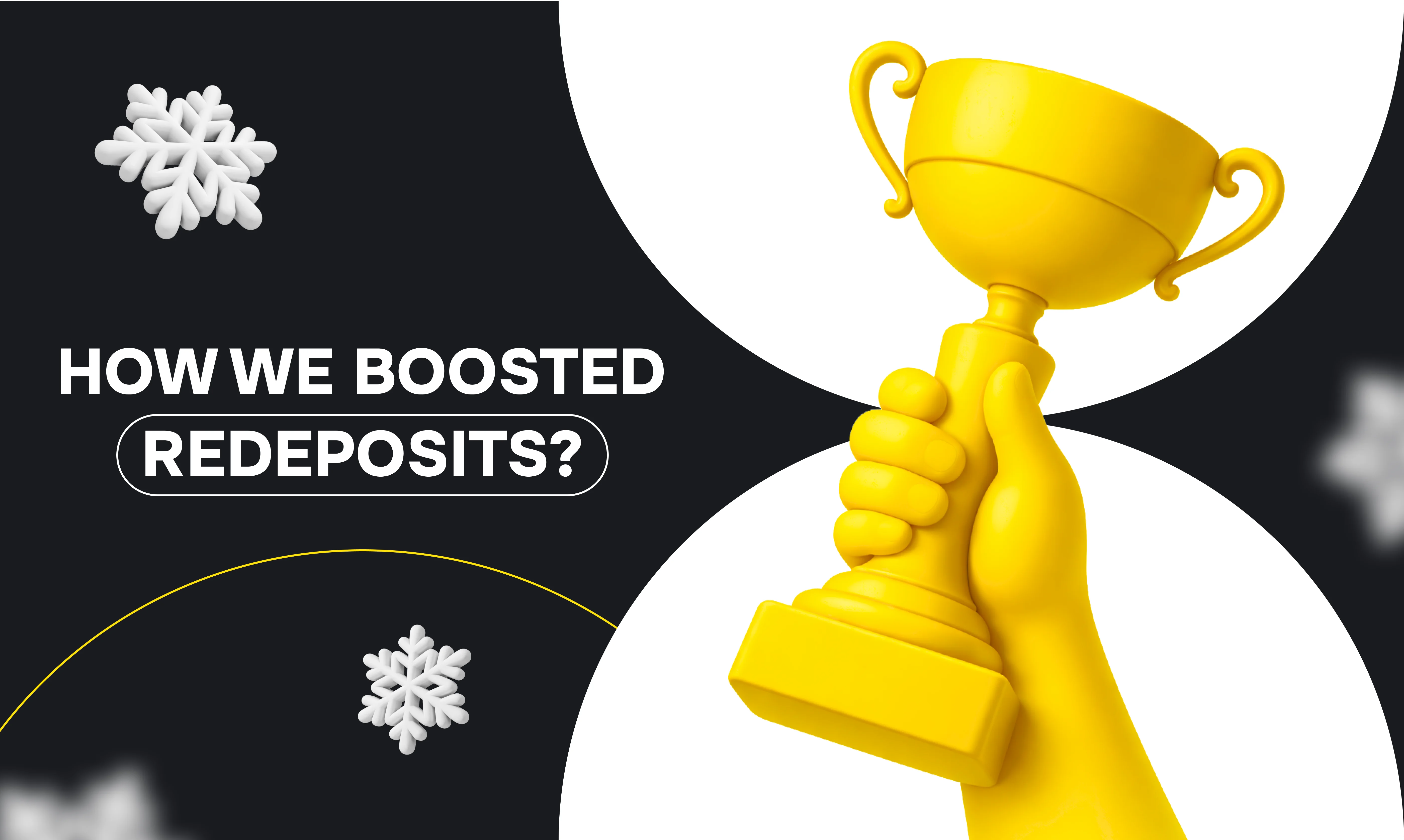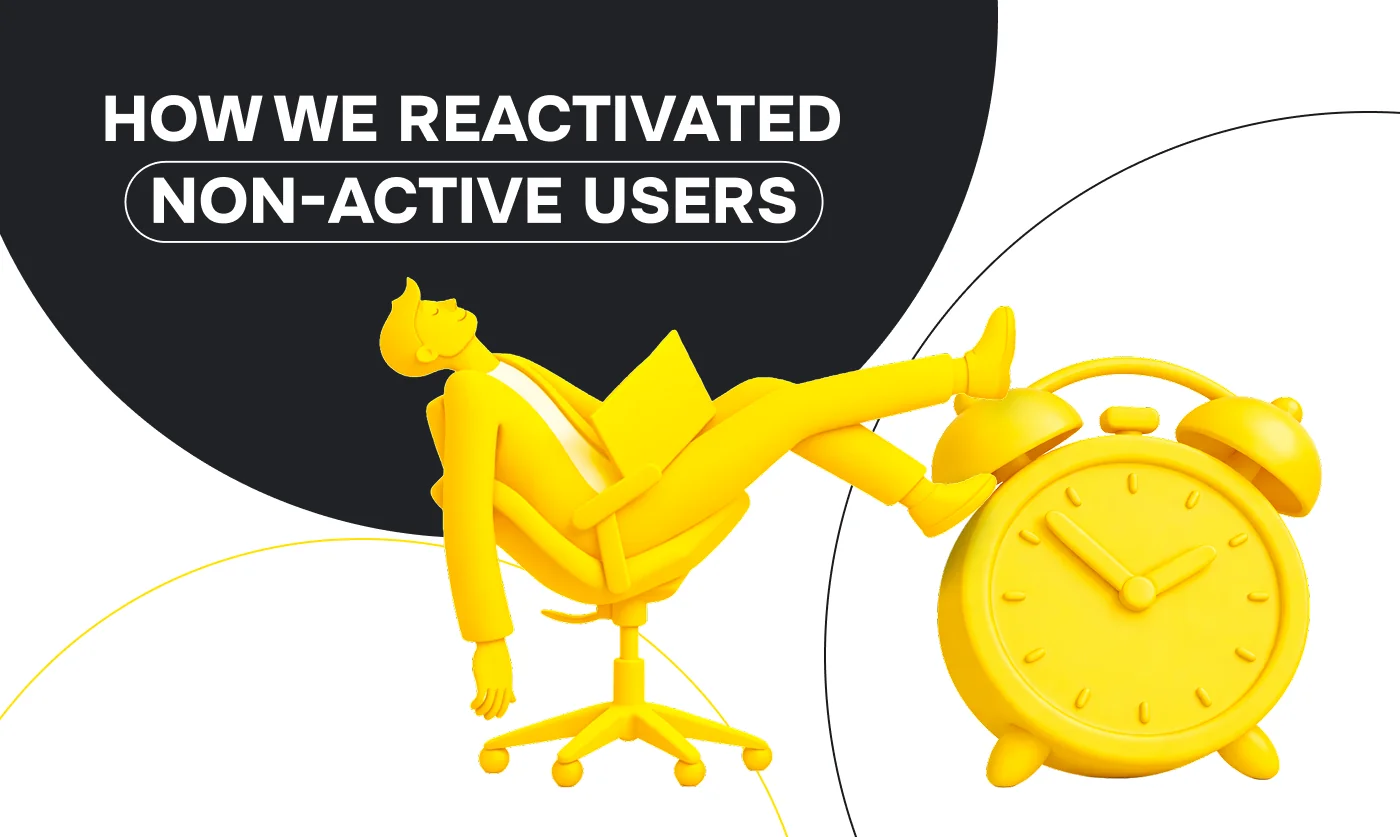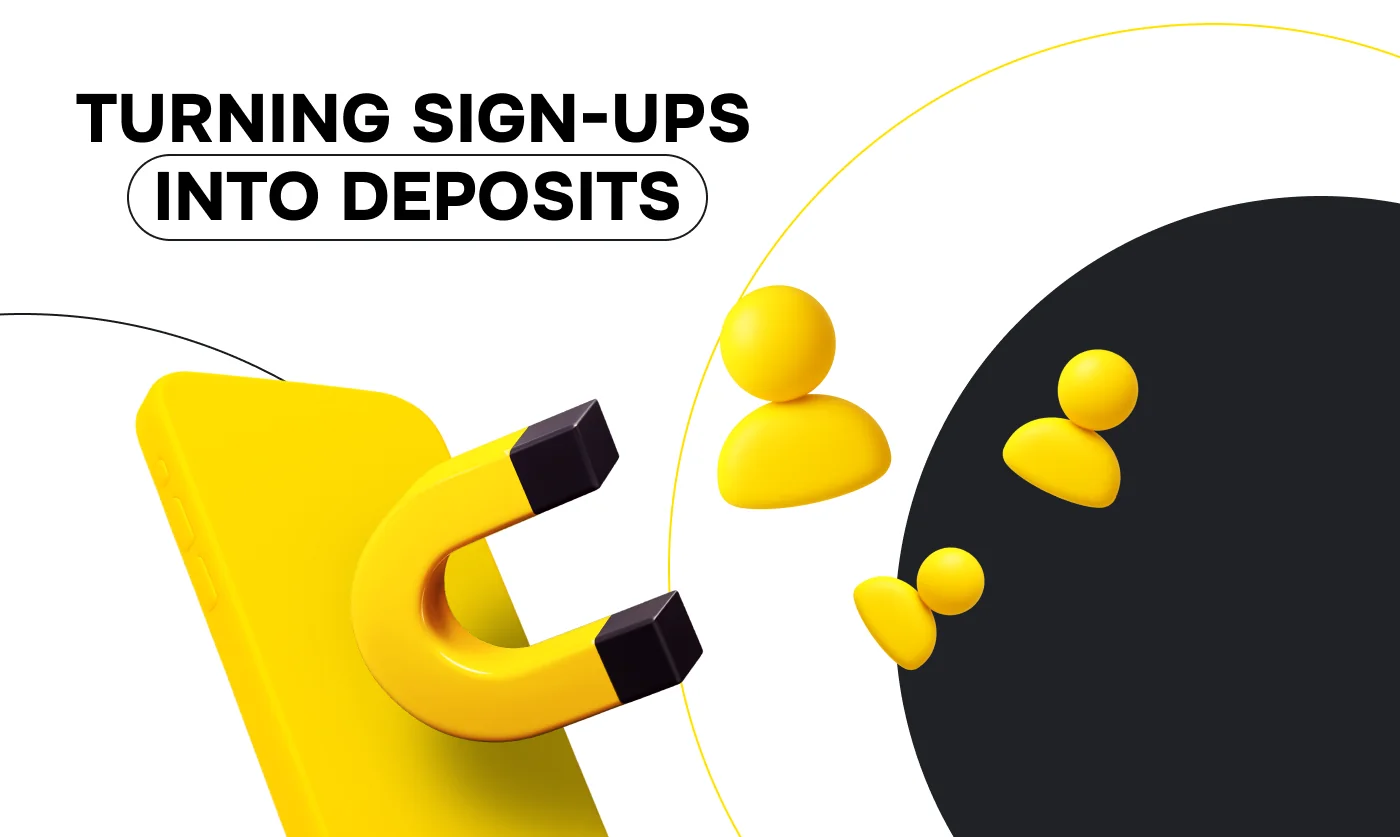Written by Aleksandr Movelidze, Product Manager at mr.Booster
In late 2024, our product team at mr.Booster was given a clear challenge: design, build, and launch an MVP of a personal account platform — in just 2.5 months.
The deadline wasn’t flexible. Our launch had to align with a key milestone: a live demo at a major tech conference in Dubai, February 2025. At kickoff, we had no finalized scope, a handful of conceptual wireframes, and several critical third-party dependencies.
This is the story of how we turned that starting point into a functioning, demo-ready MVP — on time, under pressure, and without burning out the team.
Starting with Uncertainty — and Building the Right Process
Speed is essential when building an MVP, but speed without structure leads to chaos. We made a conscious decision from day one: we wouldn’t cut corners — we’d build smarter.
Instead of jumping into sprints, we built a framework to support fast decision-making and reduce friction across the board.
- Align early, move faster later
The first milestone wasn’t a wireframe or prototype — it was alignment. Our CPO and project manager defined how we’d work together before we actually started working:
- Regular, structured syncs
- Task handoffs with clear formatting
- Shared expectations on scope, priorities, and ownership
Pro tip: Early alignment isn’t bureaucracy — it’s your launchpad. It helps avoid micro-misunderstandings that add up over time.
- Map your risks and plan for detours
With a hard deadline, we knew there wouldn’t be time for “we’ll deal with it later.” So we proactively mapped every foreseeable risk:
- Team capacity constraints
- External blockers from third-party vendors
- Technical unknowns and integration delays
For each risk, we outlined a mitigation plan. This playbook helped the team stay calm and adapt quickly — even when things veered off script.
Pro tip: Don’t just log risks. Build real “if-then” fallback plans for each.
- Centralize everything and make It visible
One of our core principles was full transparency. We centralized all project materials in one shared space:
- Requirement documents
- Stakeholder notes
- Task progress and backlog
Everyone had access — which made onboarding easier and communication faster.
Pro tip: If your team has to search for updates, your system isn’t working efficiently enough.
- Use structured documents
Even in a fast-paced MVP build, clarity is everything. We implemented a lightweight, standardized BRD (Business Requirements Document) format from day one:
- User stories and user flows
- Functional logic with clear acceptance criteria
- UX requirements baked into the spec
Detailed documentation = fewer clarifying questions = faster dev cycles.
- Run deep discovery, even under time pressure
Good discovery is non-negotiable — even when the deadline looms. Our PM:
- Validated user needs and business goals
- Identified technical and organizational constraints
- Synced frequently with stakeholders
- Benchmarked against competitor solutions
Discovery extended our runway — but ultimately shortened development. It also helped reduce revisions and scope shifts late in the cycle.
Pro tip: Every hour spent in discovery saves 3x in development.
- Set a sustainable communication rhythm
To stay in sync, we established a steady cadence of communication:
- Active Slack channels for fast feedback
- Weekly standups with a tight agenda
- Pre-sprint dev briefings for upcoming work
This rhythm helped the team stay mentally ahead of the roadmap — not just react to it.
Pro tip: A sustainable tempo beats hyper-responsiveness every time.
- Processes still matter, even for an MVP
Despite the tight timeline, the team adapted key elements of our standard product processes to maintain structure and velocity.
Feature Life Cycle, in fast-forward:
- Idea → Validation → Planning → Measuring outcomes
- We focused strictly on mission-critical features
- We deliberately avoided spending time on secondary “nice to have” items.
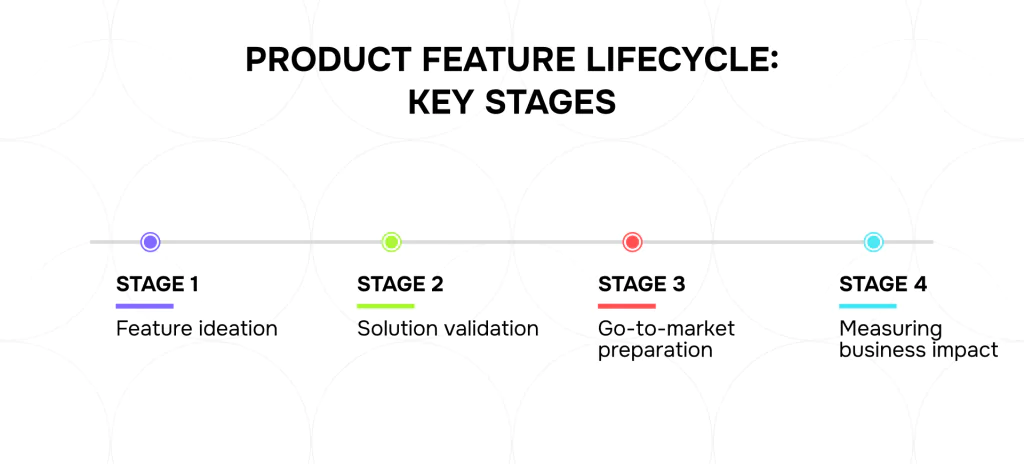
Product Discovery — no shortcuts on quality:
- Identifying real user and business needs
- Minimizing the risk of unnecessary iterations
- Building a shared understanding of the product across the team.
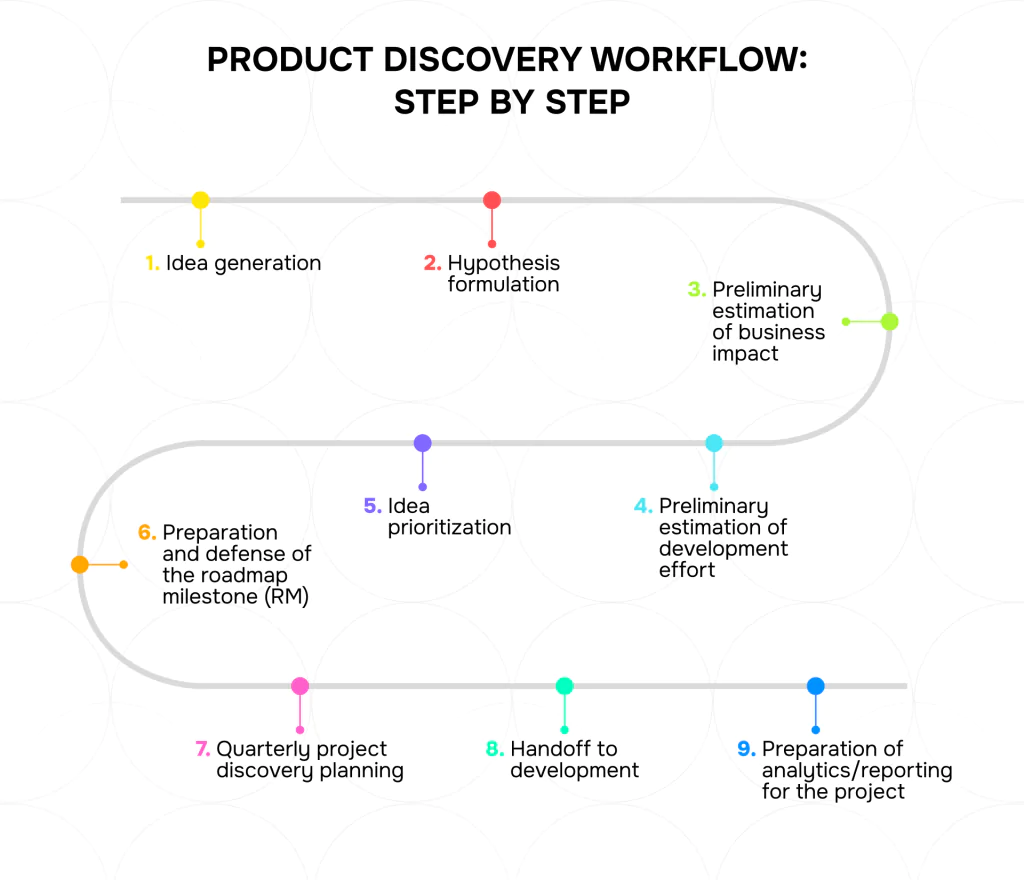
The Result: A Confident Launch, Delivered on Time
By mid-February, we launched a fully functional MVP that included all essential features — just in time for the Dubai presentation. The product was well-received by stakeholders, early users, and conference attendees.
More importantly, the process we built has since become a playbook for other time-sensitive projects across mr.Booster.
What You Can Apply from This MVP Sprint
- Start with alignment — it prevents miscommunication
- Plan for risk — not everything will go smoothly
- Stay transparent — visibility creates momentum
- Standardize documentation — it saves time and sanity
- Invest in discovery — clarity beats speed
- Maintain a rhythm — structured collaboration wins
- Don’t skip process — even if the timeline is short
Ready to Launch Smarter, Not Just Faster?
At mr.Booster, we help brands and product teams move quickly — without compromising clarity or quality. Whether you’re building a new feature, launching from scratch, or iterating fast, we can help you create processes that scale with speed.
Got an MVP in the pipeline? Let’s talk.
